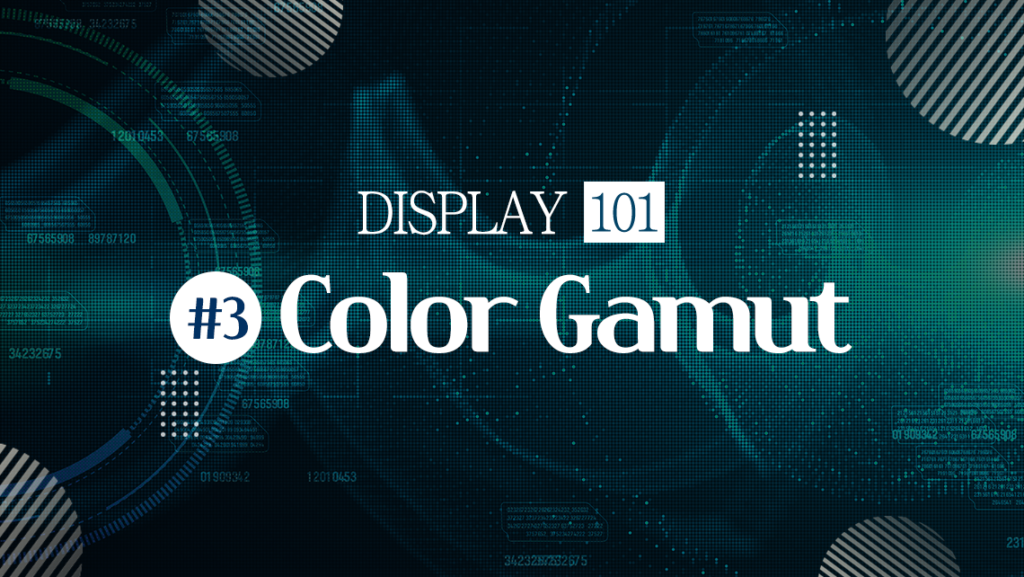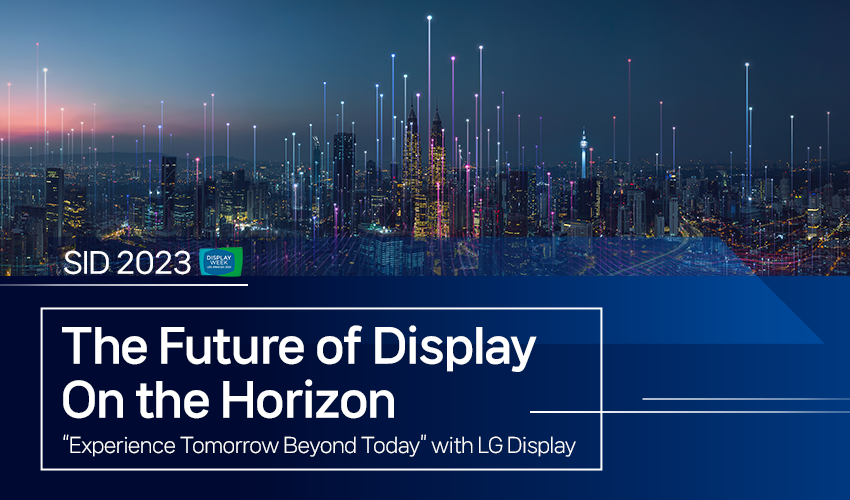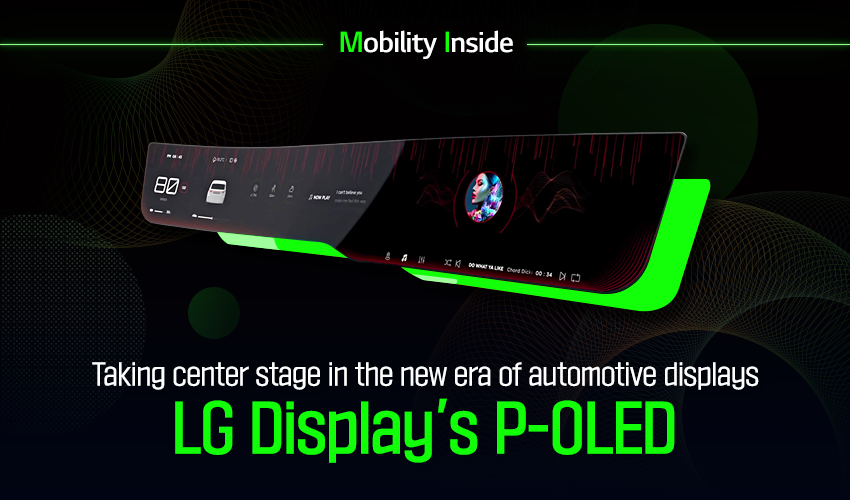DISPLAY 101
#3 Color Gamut

| Color Gamut: The full range of colors that a display can express. |
Color gamut is a measure of how many colors of the nature are expressed via a display. The word “gamut” is used to refer to the entire range of musical notes, and it is sometimes also used to refer to an entire series of something else. In this case, the term “color gamut” refers to an entire range of colors.
It may come as a surprise, but no display can express every single color that the human eye can see. So the color gamut of a display is always going to be a percentage of the total amount of colors possible. That brings a question to mind – if you want to compare the colors expressed by a display to the total possible colors, then how many colors are there?
Thankfully, the International Commission on Illumination (CIE) standard colorimetry system defined all the visible colors in 1931. They have illustrated them as a 2-D graph called CIE1931. It looks like a horseshoe-shaped triangular area with red, green, and blue corners. Then, based on this graph, other standards have been defined and plotted as triangles within CIE1931 (see graph). Three popular color gamut standards are NTSC, sRGB, and Adobe RGB. The NTSC color gamut was defined by the National Television System Committee in 1953 for television broadcasting. The sRGB standard was created in 1996 by HP and Microsoft while Adobe RGB was defined by Adobe Systems in 1998

Displays are usually compared to the sRGB and Adobe RGB standards, and their color gamuts are expressed as a percentage of the colors of those standards that they can express.
So is a higher color gamut always better?
Not always. In general, the wider the color gamut, the more colors that can be expressed. And more colors available means that the images on a display can look more realistic. However, more colors available means that the monitor should be carefully calibrated for each color to show up correctly If it is not, blue jeans could look purple, or red wine could even look burgundy!









